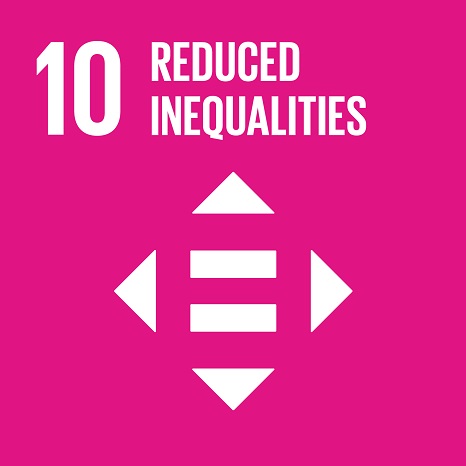Ciência_Iscte
Publications
Publication Detailed Description
Book Title
Intergroup relations: The role of motivation and emotion
Year (definitive publication)
2009
Language
English
Country
United Kingdom
More Information
Web of Science®
This publication is not indexed in Web of Science®
Scopus
Google Scholar
This publication is not indexed in Overton
Abstract
Sometimes we do not like a certain group of people. We simply cannot stand them. They did not do anything particular to us. The problem is rather that they are what they are: Different. In 1999, Mummendey and Wenzel (1999) presented an approach that tries to explain intergroup conflict by means of an analysis of our evaluative response towards outgroups that are different from us. Their theoretical framework, which has become known as the “Ingroup Projection Model”, integrates three old themes in social psychology: Selfrelevance of social categorization and psychological group formation (Allport, 1954; Tajfel & Forgas, 1981; Turner, 1987), the notion of prototypicality in intra-category differentiation (Rosch, 1978), and social projection (Allport, 1924; Krueger, 2007). Based on this analysis, they developed ideas on how to overcome intergroup conflict without abandoning intergroup differences by creating a context in which different groups may be able to respect or at least tolerate each other. Since then, much empirical research has been done that supports their ideas, and which has also inspired several theoretical advancements and elaborations of the original approach.
Acknowledgements
--
Keywords
Fields of Science and Technology Classification
- Psychology - Social Sciences
Contributions to the Sustainable Development Goals of the United Nations
With the objective to increase the research activity directed towards the achievement of the United Nations 2030 Sustainable Development Goals, the possibility of associating scientific publications with the Sustainable Development Goals is now available in Ciência_Iscte. These are the Sustainable Development Goals identified by the author(s) for this publication. For more detailed information on the Sustainable Development Goals, click here.

 Português
Português



